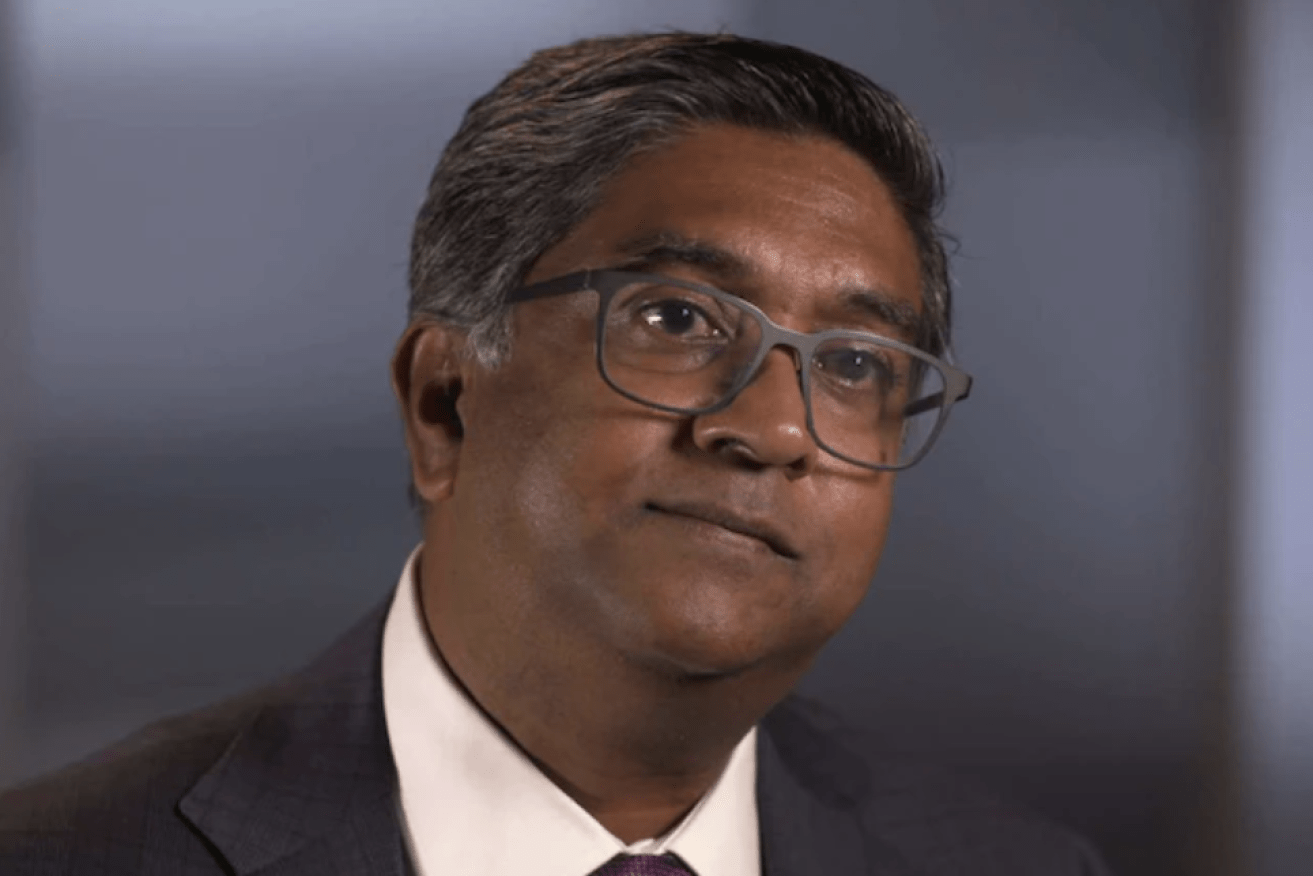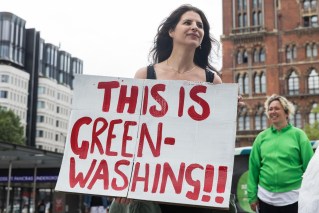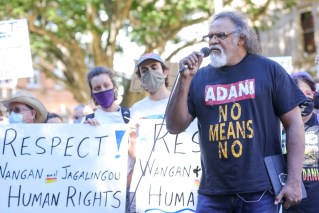US market bounces back, but recession fears keep Reserve on high alert
Global volatility overnight in the aftershock of higher than expected US inflation figures will continue to stoke economic debate on interest rates locally, as the decision making of the Reserve Bank of Australia comes into focus.

Deloitte Access Economics lead partner Dr Pradeep Philip; (Image: ABC)
With $60 billion wiped off the local share market on Wednesday all eyes were on overnight global markets on the back of an international sell-off.
Wall Street regained some ground after choppy trading overnight, with US stocks closing slightly higher.
The local share market has moved modestly higher in early trading, a day after its worst selloff in three months.
At 10.26am AEST, the benchmark S&P/ASX200 was up 21.7 points, or 0.32 per cent, to 6850.3, while the broader All Ordinaries was up 19.9 points, or 0.28 per cent, to 7091.7.
Seven of the ASX’s 11 sectors were up, industrials and consumer discretionary shares were collectively flat and property and health care were down.
Global markets had been gaining since late July based on optimism inflation had peaked and central banks would pivot away from aggressive rate hikes.
The independent taskforce investigating the RBA is set to release a review paper on Thursday, examining interest rate settings.
Deloitte Access Economics lead partner Pradeep Philip said inflation numbers had fuelled expectations of higher interest rates in Europe and the US.
Dr Philip said there were also fears of a US recession.
“The RBA should still proceed on the basis of evidence of what is driving inflation in Australia,” Dr Philip told AAP.
“While our economy is showing some signs of weakness, propped up by government spending, terms of trade and households running down their savings, there are signs of weakness we have to deal with.”
Swinburne University senior finance lecturer Mardy Chiah said the potential for further rate hikes in the US pointed to more bad news for Australia.
“This shows that inflation remains a difficult beast to tame and points to further interest hikes in Australia as well,” he said.
“We can no longer be certain of those expectations that the cash rate will hit a ceiling of 3 per cent by next year.”
RBA governor Philip Lowe is expected to appear at a House of Representatives economics standing committee hearing on Friday.
Australian Bureau of Statistics monthly labour data will be released on Thursday.
With the labour market still highly competitive, unemployment is expected to remain low.
Most expect the jobless rate to remain steady at 3.4 per cent, already a 48-year low, although NAB economists see the unemployment rate falling to 3.3 per cent.
While employment dropped by an unexpected 41,000 jobs in July, most expect it to bounce back and about 30,000 jobs to be added in August.
Employment figures will inform the RBA’s October rate decision, with NAB economist Tapas Strickland expecting the central bank to start hiking in smaller increments if the unemployment rate remains stable.
“A larger fall in unemployment, to say 3.2 per cent though, would argue the RBA needs to remain aggressive and add to the upside risks on wages,” he said.












